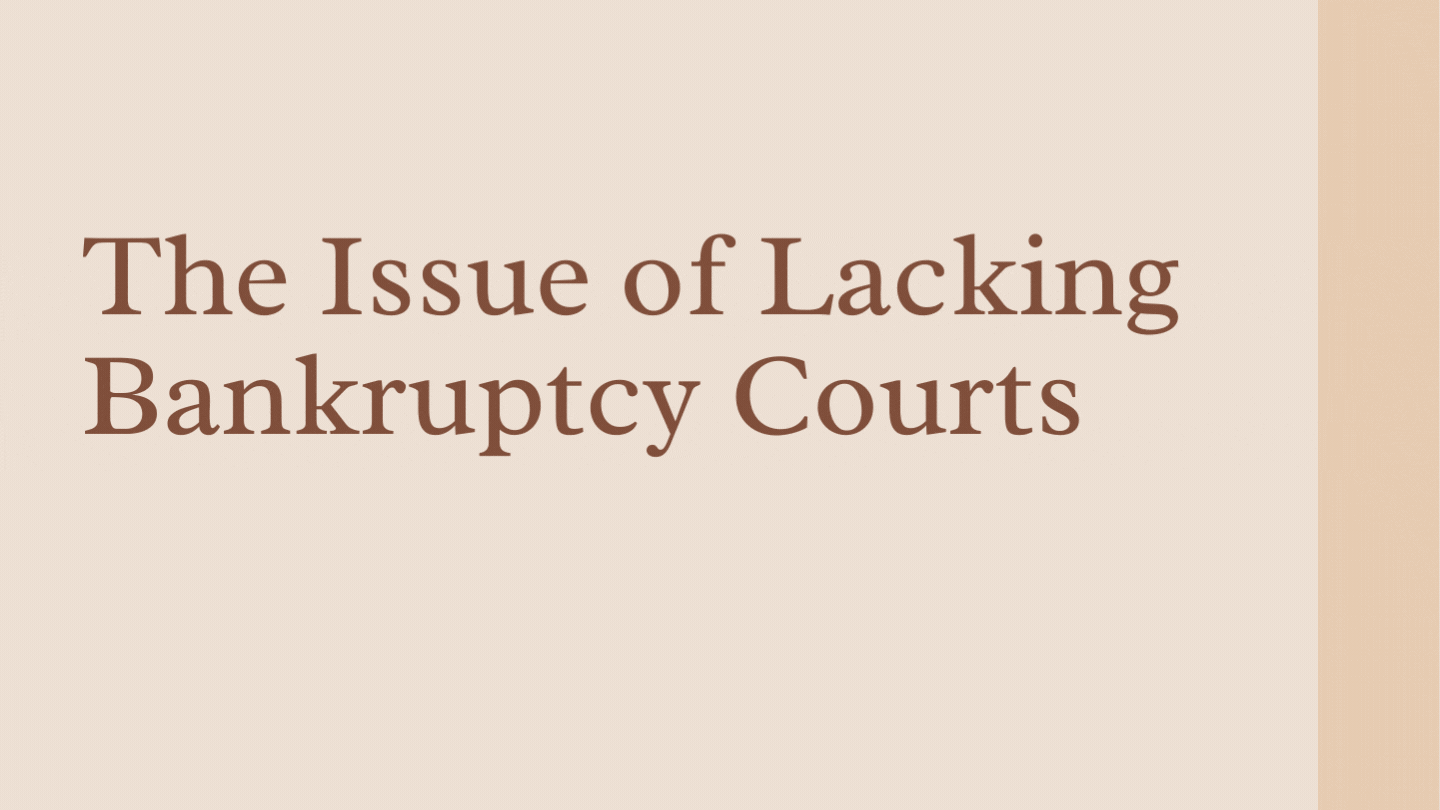
Lawyers representing bondholders and U.S. Bank argued over the bondholders’ ability to file class-action lawsuits against the U.S. Government and certain GSEs.
But while those lawyers sought to keep any class-action proceedings in civil court, the GSE attorneys and the Treasury Department suggested, in essence, that the bankruptcy cases should be the venue for resolving the claims against the GSEs. They sought to put the litigation for those claims in the bankruptcy proceedings.
“It’s a very sensible thing for us to do,” Paulson said in the hearing.
Judge Haines agreed.
“The GSE and Treasury have proposed that they ought to litigate their claims as part of the DIP proceedings. Why shouldn’t they have the opportunity to do that?” Haines asked.
“They certainly have the right to litigate their claims in the DIP case,” Paulson said.
The bankruptcy-court system is considered superior to civil court, both for resolving the claims and avoiding what could otherwise be lengthy litigation.
The only problem is that there may be no bankruptcy court left to resolve the claims. GSEs have filed for Chapter 11 and, if Judge Haines doesn’t issue an order confirming those filings on Thursday, the GSEs will have no court to resolve their claims.
Paulson and Treasury lawyer Jeffrey N. Tronrud, both appointed to serve as GSEs’ debtors-in-possession, told Haines they could file the GSEs’ debt claims as part of their plan. They argue they should have that option because they have already received adequate notice of the claims, even though that notice came from banks who stand to recover nothing from the GSEs.
The claims have already been filed, but are not yet part of the resolution plan. Rather, they are to be resolved in civil court and then paid by bondholders — not the GSEs. That means the GSEs can’t possibly fulfill the claim obligations.
“We have been notified that we owe the GSEs something,” Tronrud said in court. “We owe something, but it’s not our obligation.”
A number of bondholders have already filed such claims with the court. The other major claims, from banks and private investors, have been filed by lawyers representing a number of those banks and investors. A committee of large investment firms has also filed a claim.
On Tuesday, Haines said he may have to issue a protective order requiring that any discovery the GSEs request about the claims against them not be publicized until after the confirmation. The purpose is to preserve the GSEs’ privacy.
If Haines issues such a protective order, that would mean that at the earliest, the claims would be resolved after a July 19 confirmation hearing.
But even that is a week earlier than the confirmation hearing is currently scheduled to begin on June 19.
The GSEs, led by Fannie, have already received emergency financing from the government and are unlikely to run out of money before the July confirmation date. And, it is already clear that the GSEs are likely to have some kind of asset or equity sale, possibly in the $10 billion-$20 billion range, before the end of the year.
Paulson told Haines that the GSEs’ bondholders would not be prejudiced if they are allowed to resolve their claims in the bankruptcy case.
“This is a matter of basic fairness,” he told the court. “We ask you to consider the facts in the aggregate. There are other creditors out there who might be interested.”
But there are no other creditors. The only creditors would be the investment banks and the private investors who filed the claims on behalf of banks, and who already have been paid.
In response, lawyers for the investment banks — who are arguing for their right to resolve their claims — asked the court to put the confirmation hearings on hold to allow for the resolution of the claims in bankruptcy. They also asked the court to appoint special mediators to help resolve the claims.
But the GSEs’ lawyers have argued that the claims should be resolved in bankruptcy court, where the proceedings would be more efficient.
A separate hearing is scheduled for Thursday morning, when lawyers for Fannie Mae, Freddie Mac and Fannie’s trustee will brief the court on their plan.
If you are interested in how to get rid of your liens, feel free to call (888)489-4889 for a complimentary consultation.
